https://www.youtube.com/watch?v=P65wNPZQDag
Biggest Automotive Flops of All Time - 1969 GM_Chevrolet Liquid Tire Chain & 1971-3 Buick MaxTrac
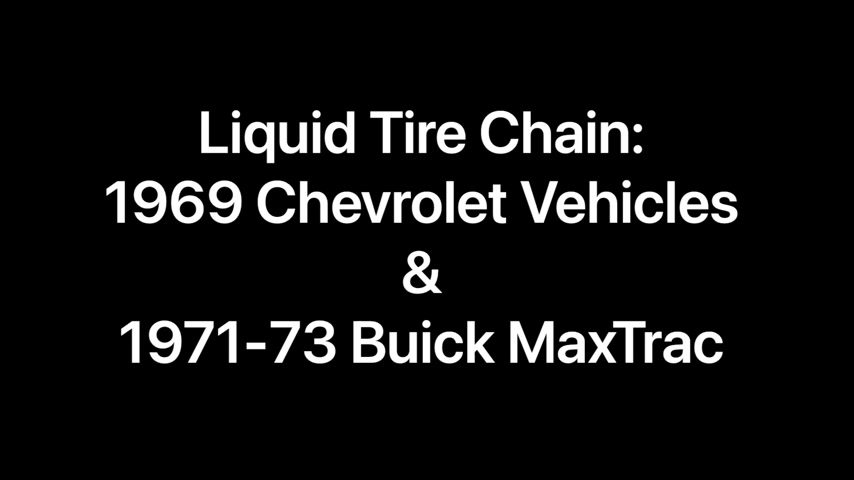
Since its founding in 19 8 , General Motors has offered many new inventions to the public .
These inventions include everything from the electric starter in 1912 on Cadillacs to the first airbags ever offered to the public in automobiles in the 1973 tornado to the catalytic converter to even things like crash test dummies , as well as the concrete barriers that prevent drivers from entering opposing lanes of traffic on the freeway .
G M certainly made many advances in numerous fields and brought myriad inventions to the public .
However , every once in a while , there is an invention that doesn't quite capture the hearts and minds of John Q public , quite like the inventors intended such as the case of the 1969 introduction of liquid tire chain on the Chevrolet model lineup .
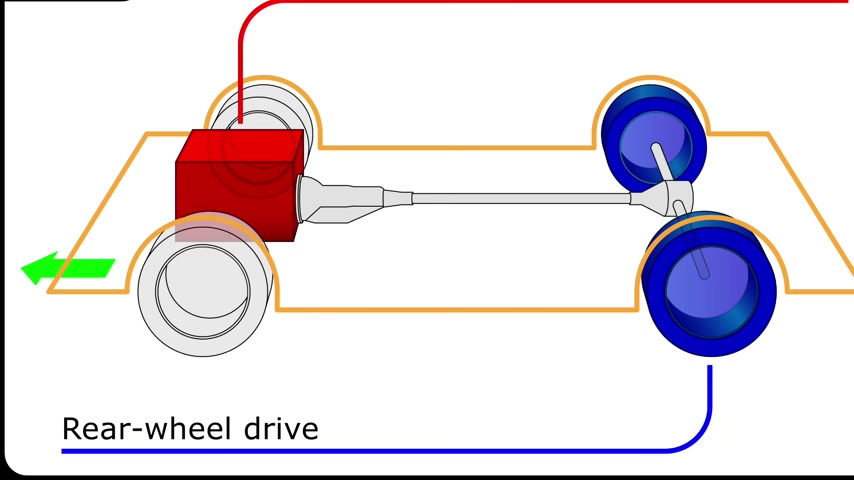
Now back in the day , many vehicles were rear wheel drive and often had a significant portion of the vehicle weight over top of the non driving wheels in the front .
This could sometimes create challenges for winter weather traction .
A major solution employed by numerous people was to procure snow tires for the inclement weather .
These tires have softer compounds so they remain more flexible at cold temperatures as well as aggressive tread .
The combination of these two things enables drivers to dig through snow with their tires and power through conditions that would otherwise halt them .
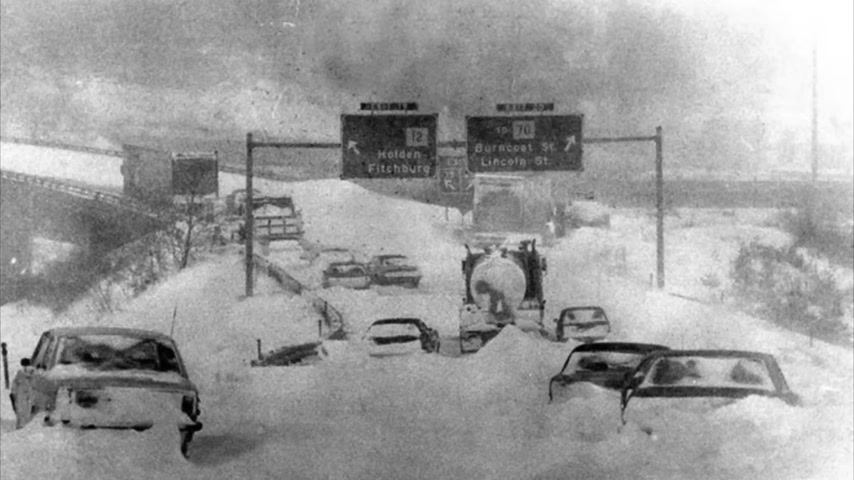
However , despite the frequent procurement of snow tires , General Motors thought that there was significant demand for this new liquid tire chain product when it was introduced in 1969 invented by the Dow company in partnership with G M Liquid tire chain was effectively a polymer that was immersed in a solvent and distributed through an aerosol spray .
When a buyer checked option code V 75 on their Chevrolet option list , it put two different aerosol canisters in the trunk .
One pointing toward each rear wheel .
The aerosols would be activated by a button on the dash which would then cause them to spray the liquid tire chain on the rear wheels for a period of time .

Once the aerosol was sprayed on the tires , the idea was that it would provide enough traction for a driver to exit whatever situation they had gotten themselves into whether that be ice or snow .
A little less than three 1000 people checked .
Option code B 75 for liquid tire chain in 1969 and the option was dropped altogether in 1970 .
There are likely a few reasons for this .
The first might be that many dealers during the time period sold snow tires and made significant profits on the sales of them .
Thus , when liquid tire chain was introduced , it posed a potential threat to a significantly more profitable area of the business than the sale of that option on the various Chevrolets .
For this reason , it's possible that many consumers did not understand the benefits of liquid tire chain or not told by the dealer of the benefits in order to check the option code box .

The second reason perhaps behind the product's failure is it had a unique deployment strategy that had to be followed .
In order for it to be effective .
The procedure one had to employ for deploying the liquid tire chain on the tires was to depress the button on the dashboard .
And then after it had been depressed and some liquid tire chain had been sprayed on the tires .
A driver was supposed to slightly depress the accelerator pedal so that the tire could make a few slow revolutions enabling the product to spread over the circumference of the tire .
Only after this procedure had been followed was a driver supposed to try to emerge from their stuck condition .
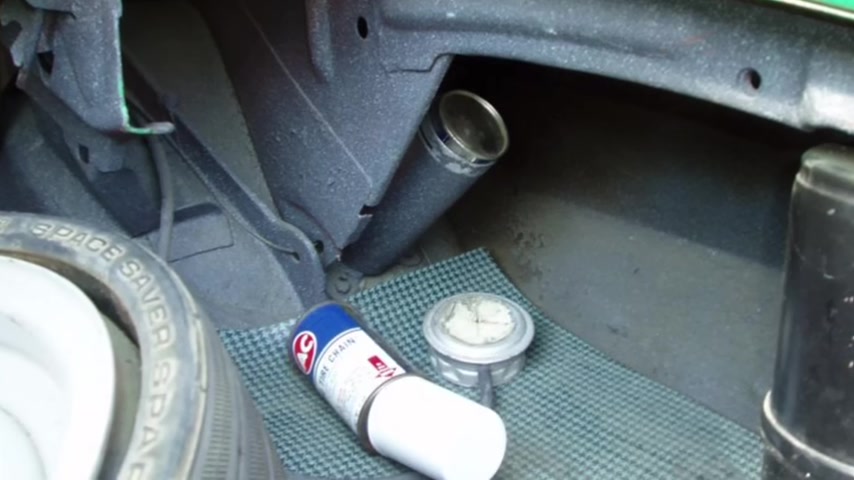
One can only imagine drivers stuck in traffic trying to deploy liquid tire chain then have the tire rotate slowly through a few revolutions by depressing the accelerator slightly ahead of pulling out or attempting to pull out .
It was a relatively complicated procedure that you can imagine many customers didn't necessarily follow .
And as opposed to following it simply floored the accelerator pedal or something approximating it to try to get unstuck from the snow .
Perhaps the final reason why liquid tire chain did not succeed is that it really only worked in icy or light snow conditions .
It wasn't much help for deep snow .
However , one can imagine numerous drivers trying to employ the system on many different surfaces or deep snow .
In any case , the fact of the matter remains that liquid tire chain exited the scene just about as fast as it had entered .
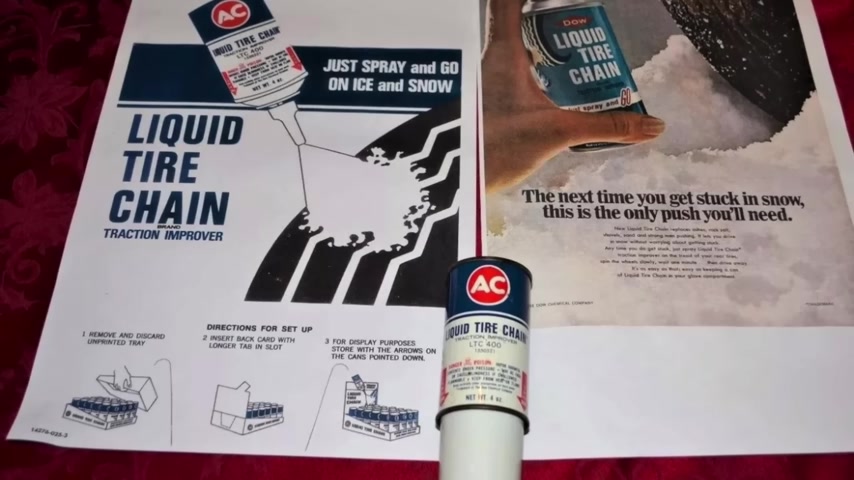
Although it was available at G M service parts counters for a number of years to come , the product would be further outmoded about nine or 10 years down the road .
Once General Motors began introducing new vehicles that were powered with front wheel drive and had a significant amount of the vehicle weight over the front wheels .
In any case , liquid tire chain was an interesting thought and concept that obviously didn't prove commercially successful .
And while the engineers surely had great hopes for the product , it just didn't seem to pan out as is sometimes the case even with good inventions .
And consequently , neither GM nor any other us automaker introduced a similar product subsequent to the 1969 introduction of liquid tire chain .
Although Ford did sell liquid tire chain and its service counters .
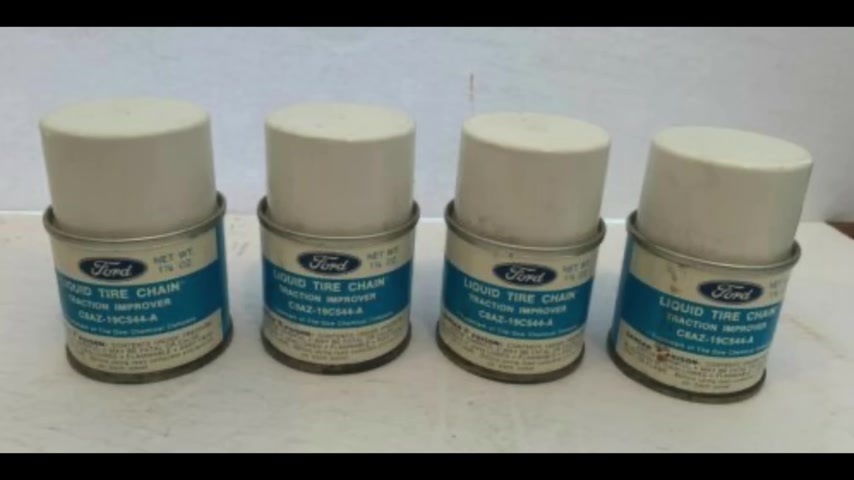
Although liquid tire chain was not a commercial success , it would not hamper General Motors from trying to help consumers solve traction related issues while driving .
Thus , from 1971 to 1973 Buick introduced a very advanced traction control system called max track .
This system employed a computer , an on off switch and two sensors that would detect the left front tires , wheel speed versus the transmission output wheel speed to help determine whether or not the rear wheels were spinning upon acceleration .
Any time the computer detected that the rear wheels were spinning at a speed that was 10% or more versus the front wheels , it would interrupt the ignition circuit to help cut engine power and thus help the driver gain some traction in slippery conditions .
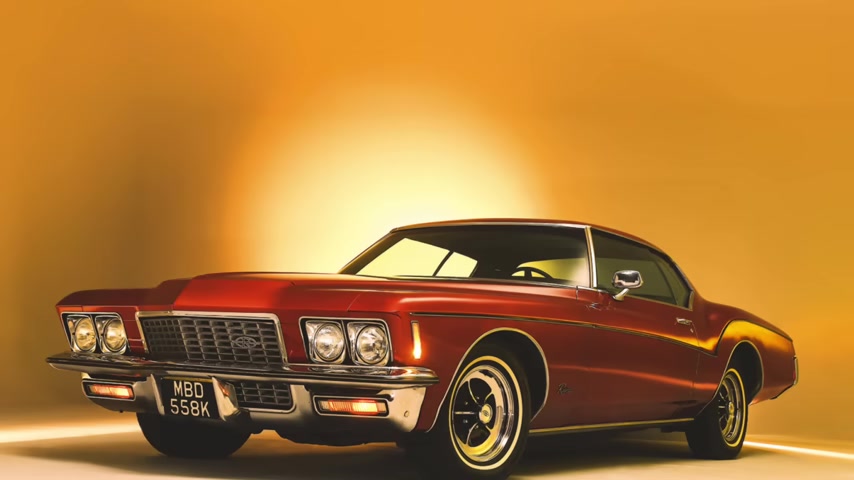
While a great idea and far ahead of its time , max track also was not a commercial success and flopped similar to liquid tire chain and it was only around for the 1971 to 73 model years on Buick cars .
After the discontinuation of max track , it would be a while before General Motors introduced .
Yet another technology designed to help drivers limit wheel spin and power them out of slippery conditions .
Thanks again for watching and until next time , take care .
Thanks again for watching this video highlighting liquid tire chained in the 1969 Chevrolet lineup .
If you enjoyed this video , please be sure to like , comment and subscribe as that helps the youtube algorithm serve it up to more viewers like you .

And if you really liked it , feel free to hit the super thanks button , which is the heart shaped icon with a dollar sign at the bottom right of your video browser lastly check out the video thumbnails at bottom left and right for some suggestions for you .
If you haven't yet subscribed , click the circular icon of the 67 Riviera at the top left , then hit the bell to ensure you're notified of all my future videos .
Thanks again for watching and until next time , take care .
Are you looking for a way to reach a wider audience and get more views on your videos?
Our innovative video to text transcribing service can help you do just that.
We provide accurate transcriptions of your videos along with visual content that will help you attract new viewers and keep them engaged. Plus, our data analytics and ad campaign tools can help you monetize your content and maximize your revenue.
Let's partner up and take your video content to the next level!
Contact us today to learn more.